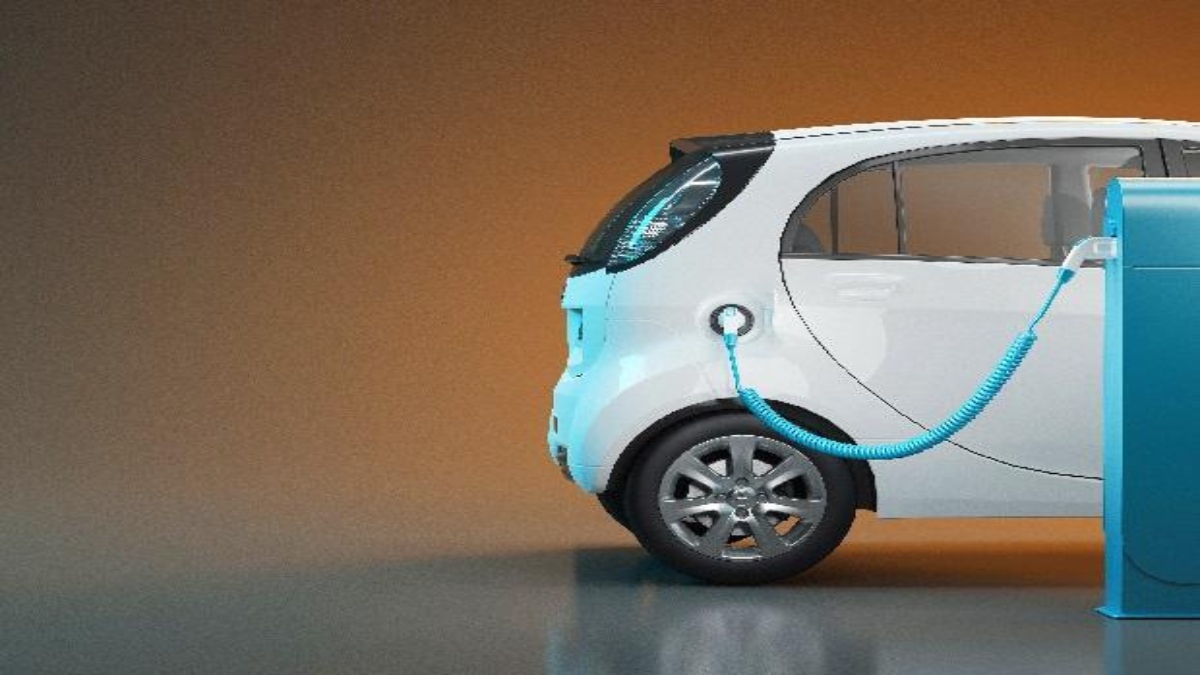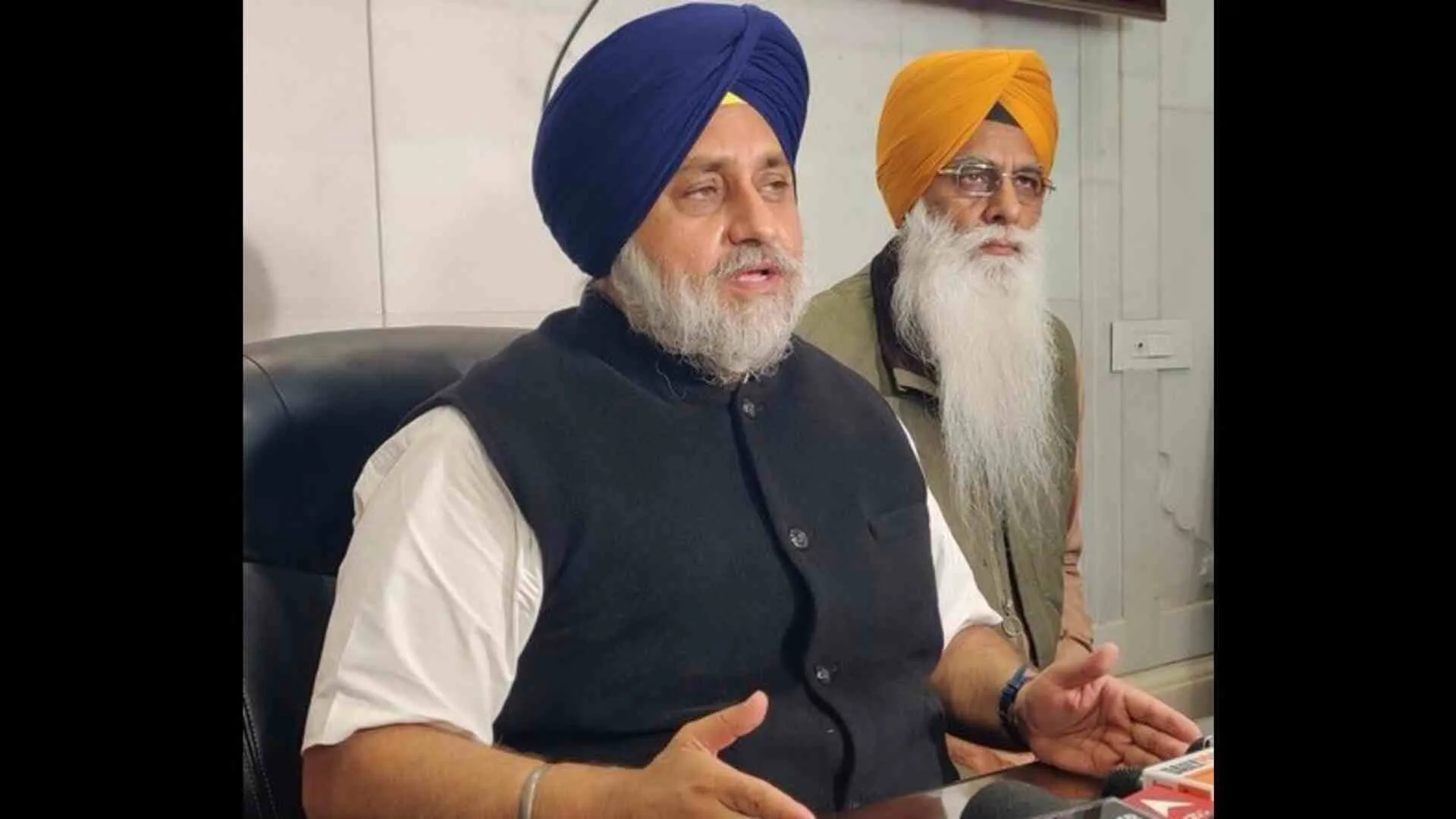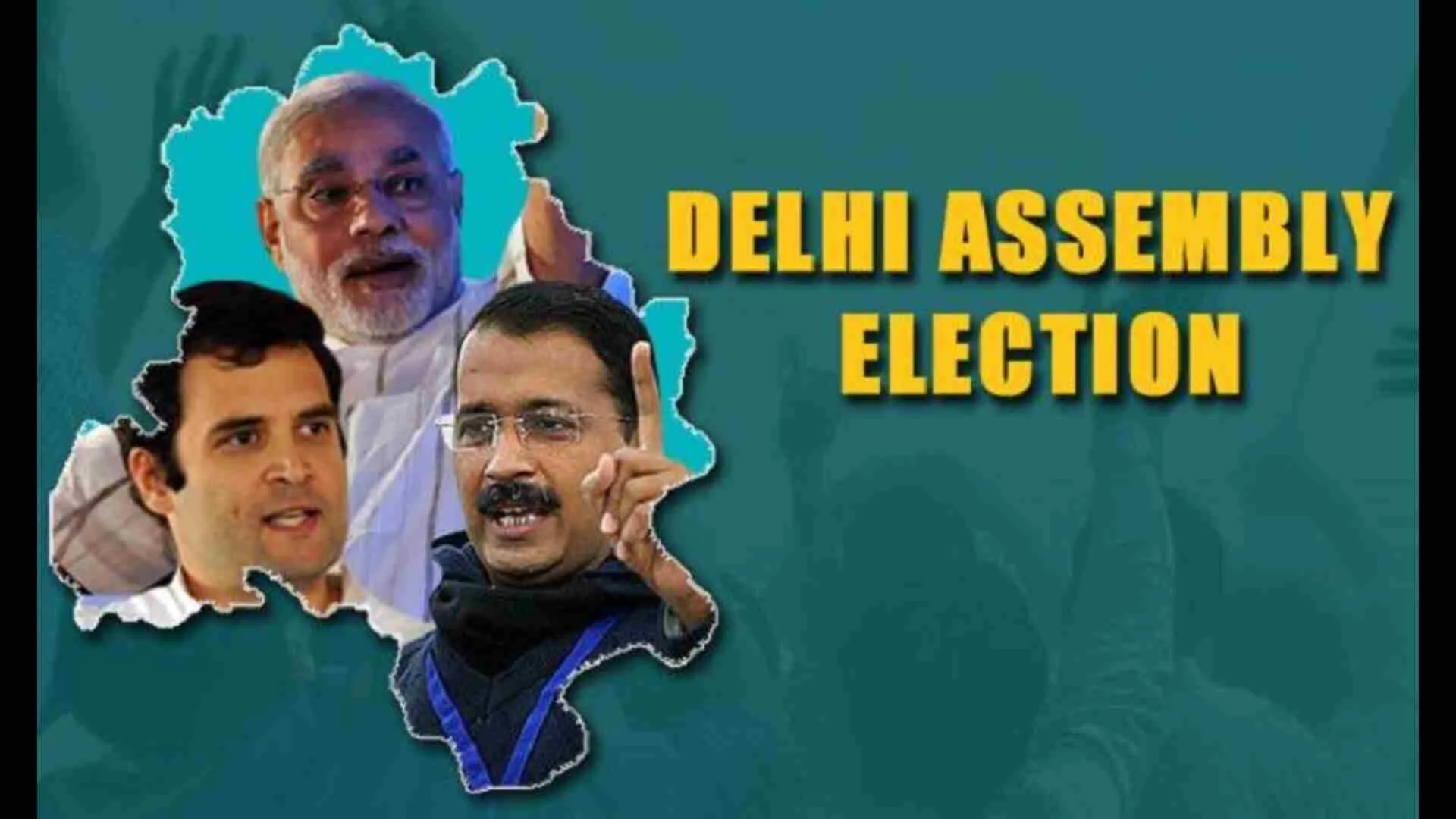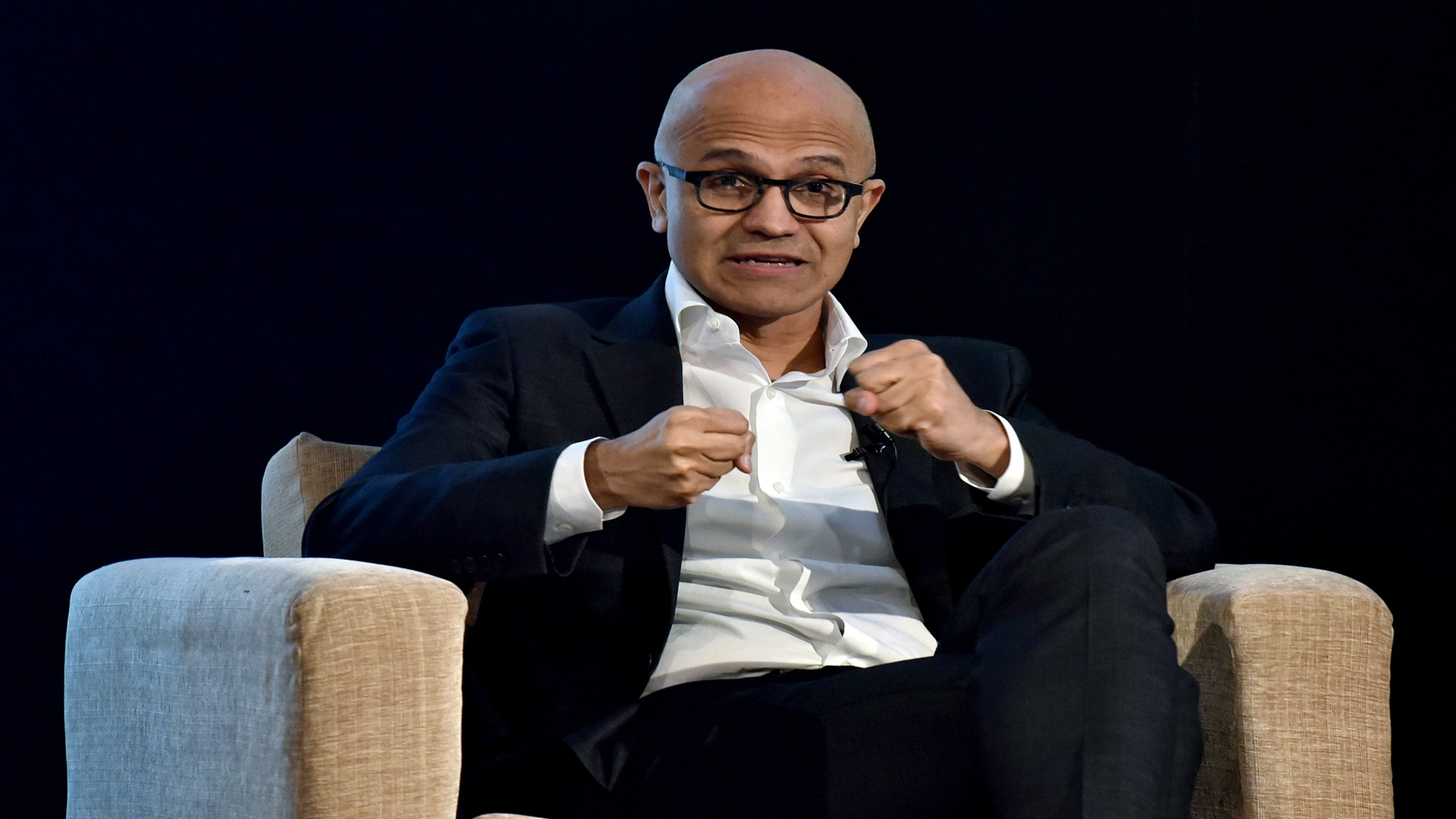The latest research about climate change and the urgency of the same has sparked an interest in the changes we can make as individuals to help the environment. Energy companies and the automobile industry are actively searching for alternative options to provide clean power, with electric vehicles as one of the leading options. Electric vehicles are getting more and more popular, with around 800+ manufacturers registered with ICAT/ARAI for electric two-and three-wheelers in India.
This change can be seen by the initiatives of the government, where Nitin Gadkari, Minister for Road Transport and Highways, was the first one to set the tone by issuing warnings to automakers as early as 2016 to switch to alternative fuel or else be “bulldozed”. Gadkari, in the same year, had earlier sent out a cautionary note on compulsorily moving to electric vehicles by 2030 and that the government has taken its decision and has a crystal clear policy to reduce imports of crude oil and reduce pollution, thereby improving the environment. As you can see, this has proven to be true, as many manufacturers have begun to anticipate this opportunity in electric vehicles.
One of the major reasons for electric vehicles contributing to less than 2% of total vehicle sales is the high cost of electric vehicles as opposed to the equivalent petrol, diesel, and CNG vehicles. The primary reason for the higher cost of electric vehicles is the high cost of lithium-ion batteries, which is around 40–50% of the cost of vehicles depending upon the configuration of the EV. The government has introduced subsidies based on KW of batteries and the honourable heavy industries minister, Dr. Mahendra Nath Pandey, has stated recently to EV enthusiasts like us that this is a great success and is going to continue under Fame 2.
One of the best solutions for making EVs a reality and accelerating adoption is “Energy as a Service” (EaaS) for batteries, in which the company providing the service owns the battery and the customer pays a small subscription fee in comparison to the cost of gasoline, diesel, or compressed natural gas. With this battery cost out of the initial purchase price, electric vehicles will become cheaper than equivalent fossil fuel vehicles. There are many EaaS companies in India already, but most have a regional presence. The day these EaaS companies become national, India will get a few good companies in this space. The transition to EV will be accelerated and may be completed before Gadkari’s deadline of 2030.
We have already seen a quick change from India being a predominantly scooter market where the market converted to a motorcycle market and India becoming the largest motorcycle manufacturer in the world. Both Bajaj and LML, who were leaders in scooters, had to close down or convert from scooter plants to primarily motorcycles. I see a similar transition to EVs in the next 3 to 5 years and well before 2030.
I do not see charging infrastructure as a challenge. It is largely due to the low retail of electric vehicles. With increasing interest in electric vehicles by the government, manufacturers, and customers, we expect charging infrastructure will not be an issue or anything to worry about, as enough companies are working on the same and the government is encouraging.
Sometimes we do complicate things and forget the basics, which makes a simple solution complex. For example, what we need is a charging point. Mostly today in our home parking, a public place where we do not have a simple electric point. Half of the issues of charging electric vehicles will be resolved if we just provide electric points in these common areas.
An electric vehicle comprises major parts such as electric motors, controllers, wiring harnesses, and batteries, besides routine requirements like tyres, lights, electronic gadgets, air conditioning, batteries, etc. If we see, electric motors are equivalent to the engines in fossil fuel vehicles. Electric vehicles mostly use regenerative braking, which does reduce pollution from applying brakes on fossil fuel. There is no use of engine oil in EVs, as they are low on mechanical parts, thus reducing energy requirements and leading to lower resultant pollution.
One of the big advantages of electric vehicles, besides improving the environment, is the low cost of maintenance. While researching the service costs of EVs, we discovered that they are only 10%–20% of the cost of an equivalent ICE vehicle.
When it comes to batteries and energy as a service, there are typically two major battery types used. Lead-acid (which is cheaper, safer but needs frequent charging and energy depletes fast. The battery life in an acid EV is short. Lithium-ion batteries are mostly being used in electric vehicles and are becoming popular, but they do have heating issues. Also, the batteries can be used in EVs and are discarded at below 80% efficiency, so this is challenging as well. The life of lithium-ion batteries is surely much higher than lead-acid batteries. Lithium batteries need excellent thermal management to avoid fires that, if they happen, are very bad for the environment as well.
Alternatives to Lithium-ion batteries are being explored with sodium ion, which is promising as it is much cheaper than lithium-ion batteries. In comparison to lithium, sodium ions are much more abundant and easily found on Earth. Both are next to each other in the periodic table and thus have many similarities.
While automobile manufacturers, battery makers, and various start-ups in the ecosystem are working on developing alternatives to lithium-ion batteries, few options already exist. One of the most promising alternatives is the use of sodium-ion (Na-ion) batteries over lithium-ion batteries. Na-ion batteries have several advantages over the traditional Li-ion batteries in a variety of end-uses.
Lithium and sodium are both alkali metals, and they are right next to each other on the periodic table. Sodium and lithium consequently share many similarities. Lithium uses cobalt, which is very expensive as compared to the requirements of iron and manganese in sodium batteries. However, the limitation of sodium batteries is that they are much less energy dense but much lighter.
But what I visualise is that Graphene Aluminium ion batteries are the most potent and useful batteries, with 50-60 times faster charging capabilities and the life of the battery being 4-5 times higher than Lithium. This is the space that EV’s should watch out for, and an EaaS with Graphene batteries could be a game changer for electric vehicles.
The author is Co-founder at Eroovo Tech Pvt Ltd and Founder at DSPIN Consulting Pvt Ltd. He is also Mentor of Change at Atal Innovation Mission, Niti Ayog.




















